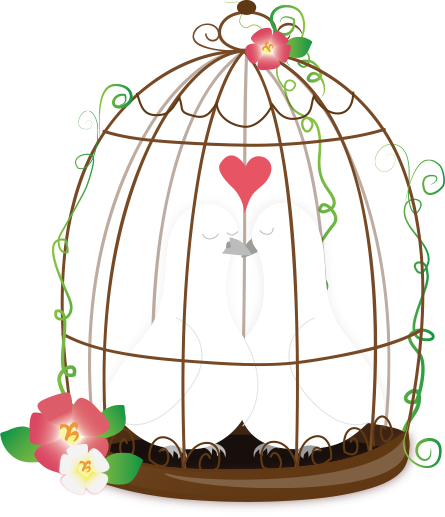2. Consumption
Key Author: Boden (2003)
The second section of my literature review describes what consumption is as a physical and mental process. The work of Sharon Boden (2003) applies the concept of consumption to the wedding planning process in order to gather an in depth understanding of wedding consumption. Boden (2003) discovered:
- in some cases, the powers of society, marketing and the media influence consumers through purchasing patterns in order to control society.
- wedding planning involves two variations of consumption: the commercial consumption of physical goods, and the concept of consuming and conceptualising the wedding itself as a commodity.
- consumers look to experience a form of self-illusory hedonism as they aim to self-define and self-express themselves, all the while striving to be extraordinary in an ordinary society.
Other key points include:
- People believe that what they consume and purchase defines who they are and the social groups they have been placed in. Post-modern consumption involves underlying practices as people consume goods directly and indirectly (Adomaviciute, 2013).
- Consumption is more than purchasing a physical good – it includes anticipating the act of consumption, experiencing the action, and recollecting the event for years to come (Holbrook and Hirschman, 1982).
- “Hedonic consumption designates those facets of consumer behaviour that relate to the multi-sensory, fantasy and emotive aspects of one’s experience with products” (Hirschman and Holbrook, 1982, 92), therefore introducing the concept of consuming a product for enjoyment and pleasure rather than as a necessity.
- Engaged couples find consuming different aspects of the wedding significantly important with some goods being sacred and others being profound. Brides and grooms also displayed differences between what was most important about the wedding day (Lowrey and Otnes, 1994).
- Weddings are now much larger events than in the past with sights such as limousines and champagne fountains now being common. This is down to the rise of the romantic consumer culture – a culture based upon women carrying out their fairy tales (Otnes and Pleck, 2003).
- Weddings are commonly viewed as a luxury purchase, sometimes deemed unnecessary. The wedding market is connected with wedding rituals that increase the time, money and energy that consumers put into their wedding, leading to the lavish wedding now being standard across many cultures (Knuts, cited in Andrews and Leopold, 2013). Why do people deem so many aspects of the wedding necessary?
- Two people used to marry in order to unite two families together. The wealth of a family is still seen as important today, and the wedding can act as an event to publicise the wealth behind a family. Some individuals now spend money simply to display the wealth and taste that they possess – a process known as conspicuous consumption (Veblen, 2005).
References:
Adomaviciute, K. (2013) Relationship between Utilitarian and Hedonic Consumer Behaviour and Socially Responsible Consumption. Economics and Management, 18 (4) 754-760.
Andrews, H. and Leopold, T. (2013) Events and the Social Sciences. Oxon: Routledge.
Boden, S. (2003) Consumerism, Romance and the Wedding Experience. New York: Palgrave Macmillan.
Hirschman, E. C. and Holbrook, M. B. (1982) Hedonic Consumption: Emerging Concepts, Methods and Propositions. Journal of Marketing, 46 (3) 92-101.
Holbrook, M. B. and Hirschman, E. C. (1982) The Experiential Aspects of Consumption: Consumer Fantasies, Feelings, and Fun. Journal of Consumer Research, 9 (2) 132-140.
Lowrey, T. M. and Otnes, C. (1994) Construction of a Meaningful Wedding: Differences in the Priorities of Brides and Grooms. In: Janeen Arnold Costa (ed). Gender Issues and Consumer Behaviour. California: Sage Publications Ltd, 164-183.
Otnes, C. and Pleck, E. (2003) Cinderella Dreams: The Allure of the Lavish Wedding. Berkeley: University of California Press.
Veblen, T. (2005) Conspicuous Consumption. London: Penguin.
